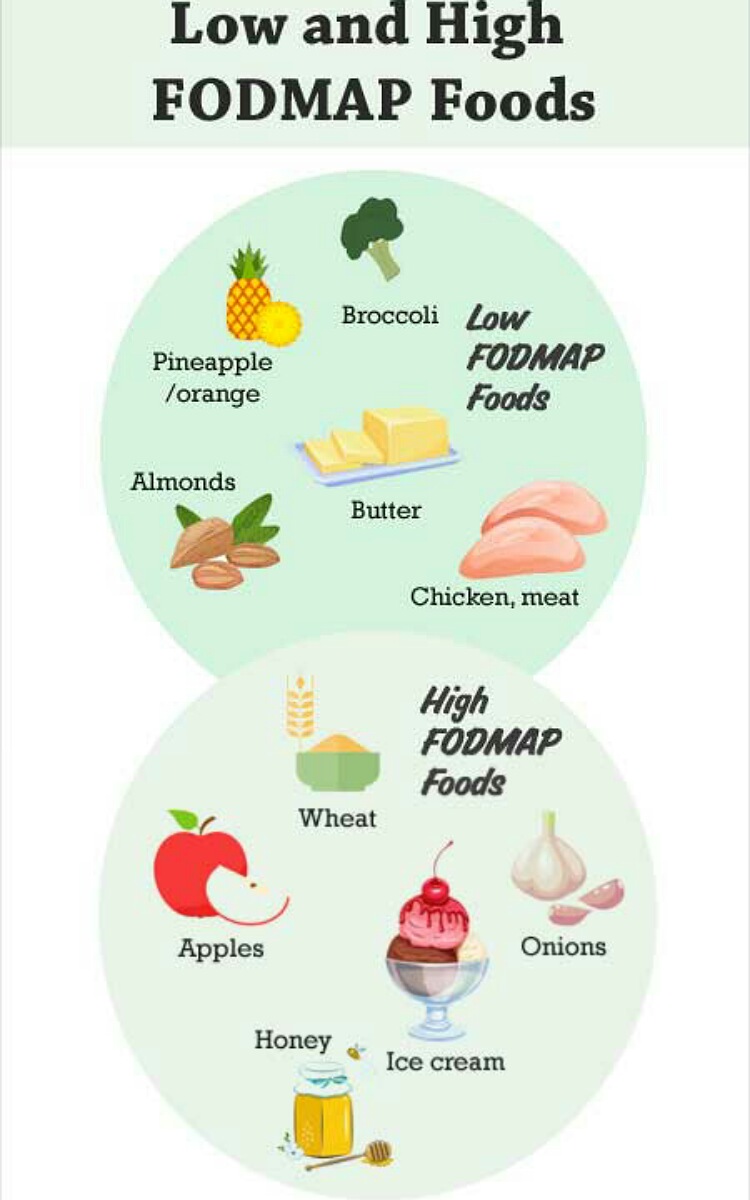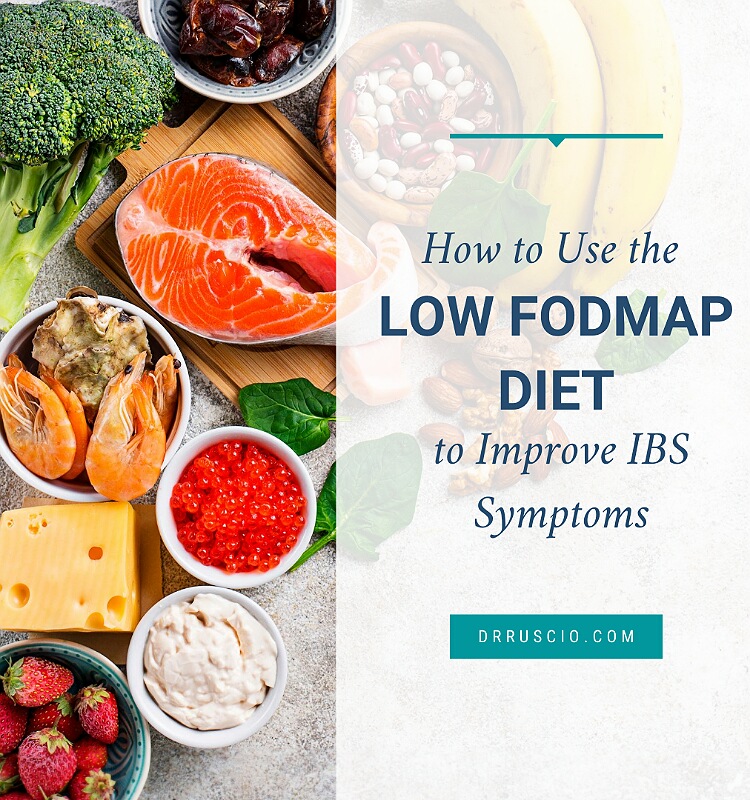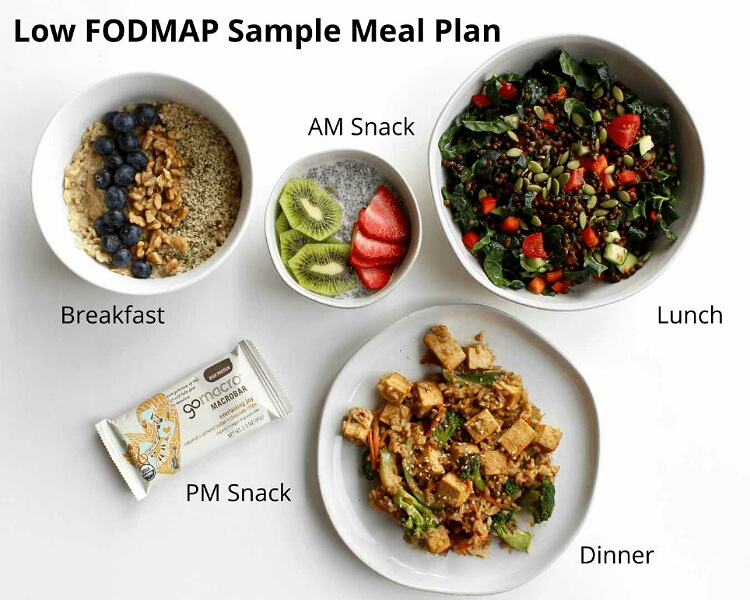Have you heard of the FODMAP diet or low-FODMAP diet? It is a short term diet that assists in relieving symptoms of irritable bowel syndrom3e.
What exactly is this diet? What you can eat and what you cannot eat? And what is the duration of the diet? Efficacy and safety?
Irritable bowel syndrome
Irritable bowel syndrome is a not so uncommon gut condition affecting around 15% of the US population. Women get it twice as commonly as men. Onset is before 40 years of age in the majority.
There is familial association. These symptoms may start after a severe gut infection. At that time it is called post-infectious IBS. This is different from inflammatory bowel disease.

It may have predominantly loose motions with abdominal discomfort or constipation with abdominal discomfort. In others, it might be of the mixed type or undefined.
The patient gets sharp tummy pain, abdominal cramps, gas, distension of abdomen, burning with altered bowel movements. Urgency and mucus in stools can occur sometimes.
Some also get feeling of incomplete evacuation. Other symptoms include anxiety, depression, sleep problems, headaches, chronic body pain and fibromyalgia.
Symptoms are associated with stress in some. It is assumed that sugars are improperly digested in IBS leading to gut bacteria acting on them to form gas and the symptoms.
Nerve hypersensitivity is said to be present in these patients. Diagnosis is clinical. Weight loss might be present.
What is low-FODMAP diet?
FODMAP stands for fermentable oligosaccharides, disaccharides, monosaccharides and polyols. All these are short chain carbs or sugars that are poorly absorbed by small intestine.
These remain in the gut and exert osmotic action. Additionally, the gut bacteria act on them to produce gas, bloating, and pain.

Therefore, a low-FODMAP diet is one in which the dieter consumes less of these fermentable foods. This helps to prevent their breakdown in the gut and release of gases.
Thus symptoms of IBS come down. Hazel Galon Veloso is a gastroenterologist at John Hopkins hospital. She says:
“The low FODMAP diet is a temporary eating plan that’s very restrictive,”
“It’s always good to talk to your doctor before starting a new diet, but especially with the low FODMAP diet since it eliminates so many foods — it’s not a diet anyone should follow for long. It’s a short discovery process to determine what foods are troublesome for you.”
It takes around 2 to 4 weeks for symptoms to abate on this diet. Success rate is 86%.
Diet plan and dangers
In this diet, there are three steps. In the first step, all high FODMAP foods are eliminated.
These include dairy milk, its yoghurt and ice cream, wheat-based foods such as cereals, bread or crackers, beans, lentils, vegetables such as artichokes, asparagus, onions, garlic, fruits such as peaches, apples, cherries, and pears. Instead eat, high protein and high fat foods.
These include eggs, meat, cheeses such as Camembert, cheddar, brie, and feta, almond milk, rice, quinoa, oats, vegetables such as eggplant, potatoes, cucumbers, tomatoes, zucchini, and fruits like grapes, oranges, pineapple, strawberries and blueberries.

Slowly reintroduce these items one at a time in the diet and pinpoint the trouble makers. Avoid them and enjoy the others that cause no symptoms. Hazel explains:
“We recommend following the elimination portion of the diet for only two to six weeks,”
“This reduces your symptoms and if you have SIBO, it can help decrease abnormally high levels of intestinal bacteria. Then every three days, you can add a high FODMAP food back into your diet, one at a time, to see if it causes any symptoms. If a particular high FODMAP food causes symptoms, then avoid this long term.”
Read more on Circulation diet: which foods are included in it?
It is too restrictive. Do it under supervision of a doctor. Thin people should not use this diet. It can be dangerous. Hazel says:
“The low FODMAP diet isn’t meant for weight loss, but you can lose weight on it because it eliminates so many foods. For someone at an already too low weight, losing more can be dangerous.”
